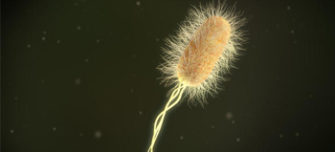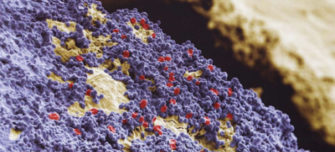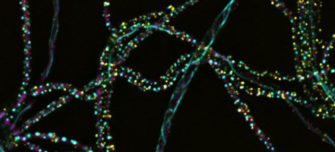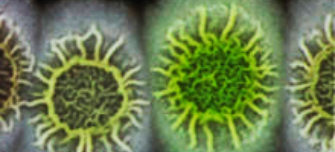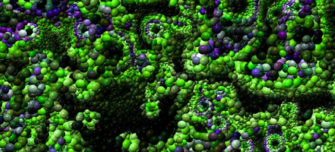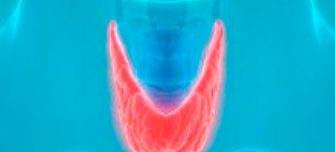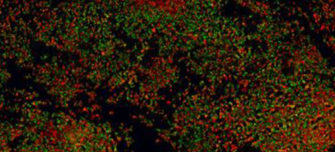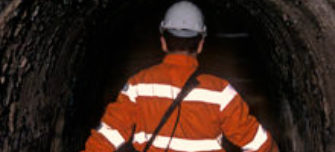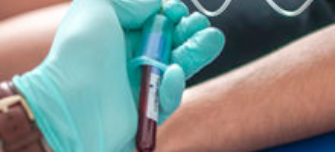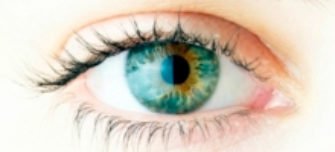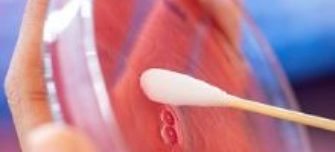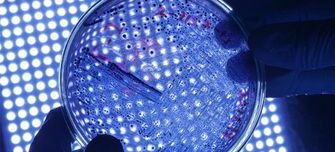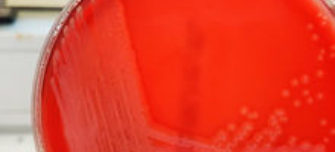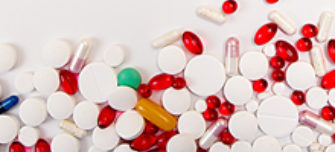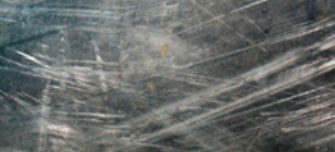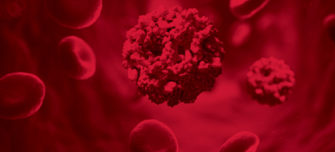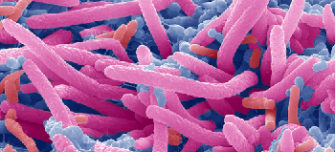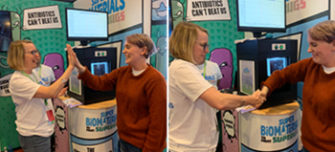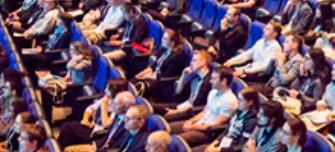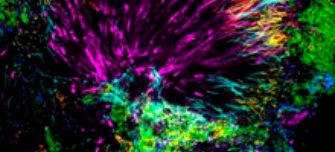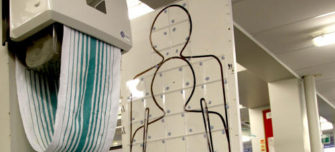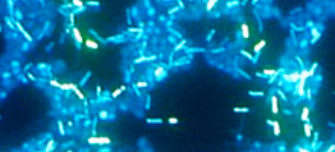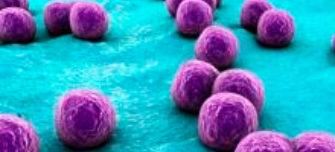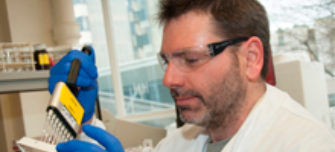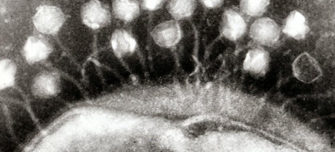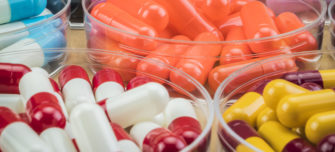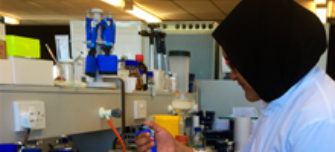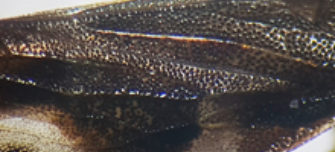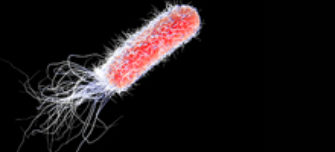Resources and further reading
-
Bacteria
Bacteria are single celled microbes. The cell structure is simpler than that of other organisms as there is no nucleus or membrane bound organelles. Instead their control centre containing the genetic information is contained in a single loop of DNA. Learn more about bacteria and why it matters to microbiology here.
-
Microbiology Today: Microbial communities
In this issue of Microbiology Today we explore saliva and colonisation, eavesdropping on bacterial conversations, sugar-coated bacteria, biofilm development in urinary catheters and microbial ecology of activated sludge.
-
Understanding bacteria journal collection
Explore journal articles related to the world of bacteria. From novel therapeutics, to multi-species biofilms and bacteria in industry; explore the collection today.
-
National Biofilms Innovation Centre (NBIC)
Learn more about the National Biofilms Innovation Centre (NBIC) and its aim to bring state-of-the-art medical, biomedical, microbiological and systems approaches together with cutting edge physical sciences research across engineering, physics and maths.
-
Antibiotic treatment causes some bacteria to sacrifice survival traits
Research has found that Salmonella biofilms rapidly develop resistance when treated with antibiotics, but with this sometimes comes a trade-off: they do not grow as effectively.
-
Extending the life of voice prosthetics
Researchers have been investigating the use of antifungals to extend the life of voice prosthetics. A multi-disciplinary team have been investigating the use of antifungals to prevent the failure of voice prosthetics.
-
Pint of Science: Games Lab
Member Dr Chloe James discusses biofilms in more detail as part of Pint of Science Week 2020.
-
What can fatbergs tell us about people’s health?
Microbiologists have found antimicrobial resistant bacteria and parasite eggs in fatbergs. A fatberg is a large clump of oil, human sewage and waste found in sewage systems.
-
New bacteria discovered in human blood
Two new species of bacteria have been found in the blood of patients in China. The bacteria were found in the blood of two human patients during blood tests as part of routine medical care.
-
Research shows bacteria survive longer in contact lens cleaning solution
Research shows that a bacterial strain associated with more severe infections shows enhanced resistance to a common contact lens disinfectant solution.
-
Bacterial cause found for skin condition rosacea
Rosacea is a common dermatological condition that causes reddening and inflammation of the skin, mostly around the cheeks, nose and chin. Scientists are now closer to establishing a definitive bacterial cause for the skin condition rosacea.
-
Microbiology Editor’s Choice: biofilm formation prevents colistin entry in cystic fibrosis
This study highlights the limitations of generic in vitro biofilm assays that are commonly used to test antibiotic efficacy and provides a tractable model for improved modelling of the CF lung environment and for monitoring drug entry into the biofilm matrix. This study thereby offers aid for antibiotic susceptibility testing in both diagnostics and drug development in the future.
-
Bacteria discovered in Cornwall
A species of bacteria has been discovered on a man in Cornwall. The bacteria was found on a 64-year-old man seeking treatment for cellulitis.
-
What can affect the bacteria in your sink?
In this blog, we learn more about the research of Harry Ferguson, a third year Biological Science student who was awarded a Harry Smith Vacation Studentship. His project aimed to characterize the culturable Gram-negative bacteria found in waste traps collected from a hospital.
-
Looking into nature for novel biofilm-modulating agents
Antimicrobial resistance (AMR) is one of the most difficult problems we face. Scientists are increasingly turning to nature to find novel antimicrobials and agents to help in the fight against AMR. Dr Georgios Efthimiou from the University of Hull is looking for novel agents that can prevent biofilm formation, a phenomenon that can make infections incredibly difficult to treat.
-
Have you washed your hands?
Washing your hands is a simple, cheap and effective way of preventing the spread of germs and disease. Watch our short video to find out how maintaining hand hygiene can stop infections and help you stay healthy.
-
Scratching the surface: how microbes adhere to worktops
Member Professor Jo Verran tells us more about her research on how microbes interact with surfaces and what that means for hygiene.
-
JMM Editor's Choice: understanding Pseudomonas biofilm growth on endotracheal tubes
Professor Kalai Mathee discusses the paper 'Pseudomonas aeruginosa biofilm formation on endotracheal tubes requires multiple two-component systems'.
-
Unwelcome colonisers: biofilm formation on voice prostheses
Learn more about voice prostheses (VP) and how they have been developed to allow people without larynges to speak again, albeit on a severely limited scale.
-
Super Biomaterials to fight Super Bugs
As part of the 2019 Summer Science Exhibition, member Professor Kim Hardie's research group delivered a stand called ‘Super Biomaterials to fight Super Bugs’. Learn more about the lead up to the event here.
-
Jam Talks: Microbes and Medicine
Member Liam Rooney talks us through his research on how bacteria come together to organise in large communities, to how microbes move and swarm in flocks to seek out nutrients and prey.
-
Mapping the microbes in your mouth
Scientists from the Forsyth Institute have managed to visualise communities of bacteria in the human mouth, showing their spatial organisation for the first time in 'microbial maps'. The maps could help scientists understand the interactions between different oral bacteria and their potential role in disease.
-
Do hand dryers spread viruses in public bathrooms?
Seeing someone leave a public toilet without washing their hands is enough to make your stomach turn, but how someone actually dries their hands also has important implications for public health, according to research from the University of Westminster.
-
Conflict and cooperation in bacterial communities
Like humans, bacteria in nature often live in communities. New research studying the interactions within these microbial communities shows how bacteria can cooperate with each other to resolve a form of social conflict.
-
Bacterial intruder seeks a warm welcome
Among hospital-acquired bacterial infections, Staphylococcus aureus is one of the most prevalent. Cunningly, this bacterium can evade the body’s natural defences by hiding within the host’s own cells. It seems, however, that S.aureus prefers some cells to others since it is found at varying levels in different bodily tissues.
-
Sewage science: Are bacteria just the tip of the fatberg?
At Aberystwyth University, Dr Justin Pachebat and Professor Jo Hamilton volunteered to help analyse the contents of a London fatberg. We caught up with them to discuss their findings, how they became involved in their research and what challenges they encountered.
-
The bacteriophage - bacteria’s worst enemy?
Bacteriophages are composed of proteins and a DNA or RNA genome that can be very simple, containing four genes, or complex, with hundreds of genes. The phages infect by injecting their genome into the bacteria which disrupts the bacteria’s normal replication cycle.
-
Getting stuck into antibiotics at the British Science Festival
Microbiology Society Champion, Dr Marwa Hassan tells us more about her experience at the British Science Festival, where she helped to educate the public about biofilms and antimicrobial resistance.
-
Spotlight on Grants: Nickel and cobalt in Streptococcus
Learn more about research which has been supported with the help of a Microbiology Society grant. This blog focuses on two bacterial species that live in the mouth, Streptococcus sanguinis and S. gordonii.
-
Could household insects be carrying dangerous bacteria?
We all have insects in our homes, be it spiders, flies or bed-bugs. Their presence, although sometimes annoying, is not seen as anything sinister. But what bacteria could the creepy crawlies hiding under the sofa be carrying?
-
Pseudomonas - friend and foe
Species within the genus Pseudonomas are among the most researched bacteria in the scientific community. Learn more about the bacteria in this genus here.
-
Microbe Talk: Does air pollution make bacteria more dangerous?
In this podcast, we learn more about research which suggests air pollution may alter the properties of bacteria themselves, in some potentially worrying ways.
-
Microbe Talk: Good germs, bad germs
In this podcast we discover more about the 'Good Germs Bad Germs' citizen science project from the University of Oxford which allows people to experiment on the microbial life in their kitchens and to visualise the results.
-
Microbe Talk: Bacteria from the ancient city of Troy
In this episode we talk to Caitlin Pepperell from the University of Wisconsin–Madison about unexpected microbes hiding inside the chest of a woman who died 800 years ago in the ancient city of Troy.
Image credits:
Gaetan Stoffel/iStock
Mona Lisa Production/Science Photo Library
Judith Armitage
NBIC
Girolamo Sferrazza Papa/iStock
Magicmine/iStock
Thinkstock
iStock/vice_and_virtue
Pixel_away/Thinkstock
fotoadrenalina/iStockPhoto/Thinkstock
Sinhyu/iStock
Caleb Kimbrough/Flickr
Steve Gschmeissner/Science Photo Library
Kim Hardie
Mark Welch, J., Rossetti, B., Rieken, C., Dewhirst, F., & Borisy, G. (2016)
Kimmitt, P., & Redway, K. (2015)
Centre for Disease Control and Prevention, Public Domain
Dr_Microbe/iStock
Justin Pachebat
Dr Graham Beards CC BY-SA 3.0/Wikimedia Commons
Siti Nur Amalina
Federica Boiocchi
Chloe James

